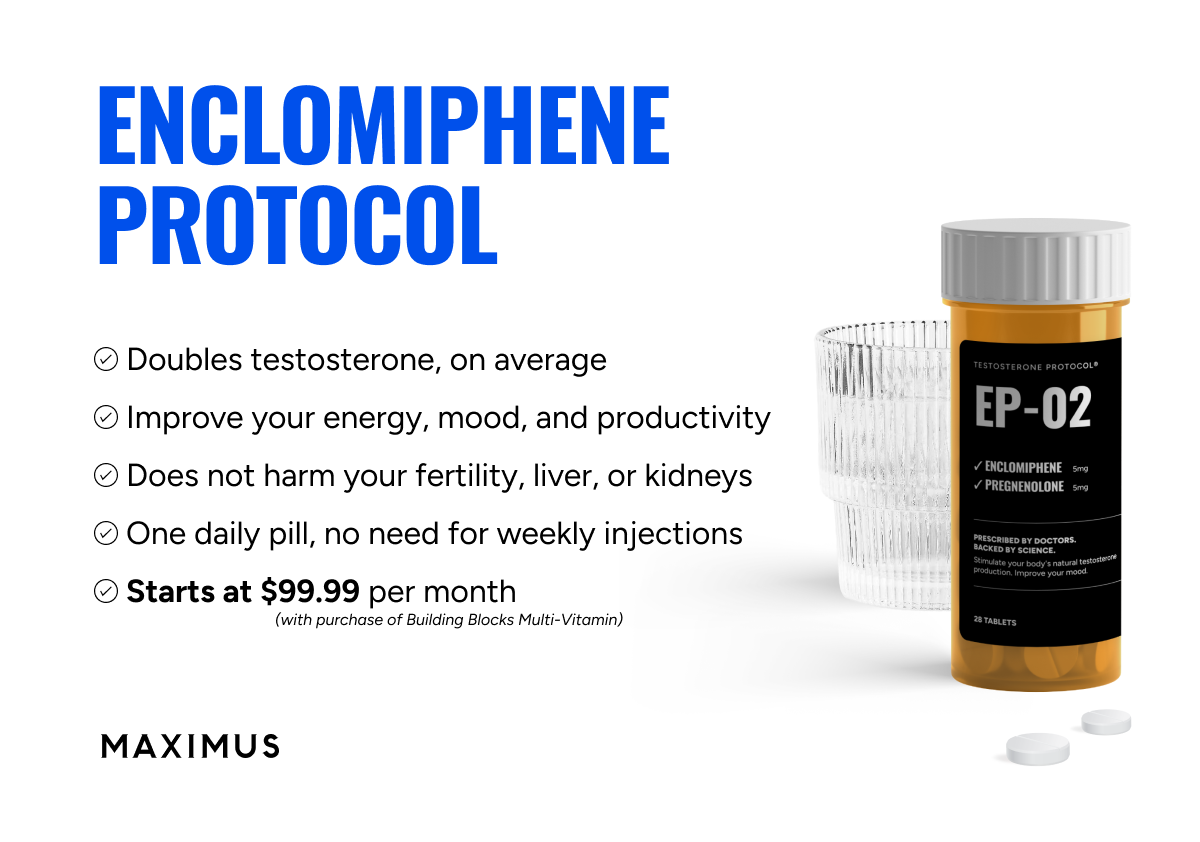madman
Super Moderator
Sildenafil Beyond Erectile Dysfunction and Pulmonary Arterial Hypertension: Thinking About New Indications
Moein Ala, Razieh Mohammad Jafari, Ahmad Reza Dehpour
ABSTRACT
Sildenafil, approved two decades ago, is the inhibitor of Phosphodiesterase 5 (PDE5). First of all, it was designated for angina pectoris but soon it showed a wonderful efficacy in erectile dysfunction (ED) and then pulmonary arterial hypertension (PAH).
Due to the distribution of phosphodiesterase (PDE) in almost all organs, maybe it affects other diseases. Hence, a great number of investigations began to understand the role of PDEi in different organs. Preliminary research on sildenafil in cell culture and animal models has yielded promising results. Soon a greater number of animal researches and clinical trials joined them. The results disclosed sildenafil can have beneficial effects in each organ such as the heart, liver, kidney, brain, intestines and etc. Furthermore, it has significantly improved the prognosis of organ ischemia in various animal models. Clinical trials in several diseases, such as recurrent spontaneous miscarriage, fatty liver disease, bronchopulmonary dysplasia (BPD), heart failure, premature ejaculation (PE) brought promising results.
Although some clinical trials are available on the effects of sildenafil on various diseases, further studies on humans are needed to consolidate the ultimate effects of sildenafil. The aim of this review is to describe the effects of sildenafil on each organ and explaining its mechanisms of action. Further, other PDE inhibitors such as tadalafil and vardenafil have been briefly discussed in parts of this review.
INTRODUCTION
Sildenafil, approved in 1998, is an oral and rapidly-absorbable drug for erectile dysfunction and, recently, for Pulmonary arterial hypertension [1]. The discovery of sildenafil was the result of a project performed by Pfizer's European Research HQ. They aimed to find a selective inhibitor of Phosphodiesterase 5 (PDE5) to augment the vasodilation induced by NO (nitric oxide). Meanwhile, they hoped to use this kind of drug to relieve angina in ischemic heart disease and did not imagine it would be useful in erectile dysfunction (ED) [2]. It acts through inhibition of PDE5. PDE5 is responsible for catabolizing cGMP (cyclic GMP) and converting it into GMP. cGMP itself is part of the NO signaling pathway and activates cGMP-dependent protein kinase (PKG). PKG phosphorylates other proteins and participates in muscle relaxation [3]. One of these proteins is a charybdotoxin-sensitive K+ channel. Activation of this type of k+ channel is critical for hyperpolarization and vasorelaxation of smooth muscle cells [4]. Indeed, sildenafil collaborates with NO to preserve the high level of intracellular cGMP. Sildenafil does not inhibit generally guanylate cyclase but only the soluble guanylate cyclase. NO activates soluble guanylate cyclase and this enzyme produces cGMP to induce the remaining signaling pathway of vasodilation. The NO/cGMP signaling pathway is not limited to vasorelaxation, and scientists have found that sildenafil is involved in regulating platelet function, and synaptic transmission [5, 6]. PDE5 is expressed virtually in all organs such as corpus covernosum, blood vessels, uterus, liver, kidney, bladder, prostate, and intestines and it makes sense to develop the expansion of therapeutic indications of sildenafil in near future [7, 8].
ED is an abnormal alteration of erectile response, including its organic, relational, and psychological aspects. Many neurogenic, vasculogenic, and endocrine mechanisms may be involved in its pathophysiology [9]. ED is a common problem with a growing prevalence. This relationship is strongly correlated with age. Meta-analyses showed that its prevalence varies from 20% before age of 30 to 90% in subjects over 70-year-old [10].
PROTECTIVE EFFECT OF SILDENAFIL ON ISCHEMIC ORGAN
BENEFICIAL EFFECTS OF SILDENAFIL IN CARDIOVASCULAR SYSTEM
PROTECTIVE EFFECT OF SILDENAFIL ON NEUROINFLAMMATION
SILDENAFIL AND LUNG DISEASES
PDE-5-INHIBITORS FOR CIRRHOTIC PORTAL HYPERTENSION
BENEFICIAL EFFECTS OF SILDENAFIL IN GENITOURINARY SYSTEM
SILDENAFIL IN GASTROINTESTINAL (GI) TRACT AND WOUND HEALING
THE PROMISING EFFECTS OF SILDENAFIL IN LIVER AND KIDNEY
SILDENAFIL AND CANCER
OTHER ADVANTAGEOUS UTILITIES
CONCLUSION
Considering the distribution of PDE5 in different organs, it necessitates to find out its function. Targeting such a molecule may play a role in managing several diseases. Sildenafil can inhibit PDE5 and collaborate with the NO pathway. Administration of sildenafil was promising in ED and PAH. Numerous animal models and fewer clinical trials are trying to reveal the advantageous utility of sildenafil in other diseases and expand its therapeutic indications. However, they were prosperous in the first step, future clinical trials are needed to validate the similar effects on humans and weigh their pros and cons.
Moein Ala, Razieh Mohammad Jafari, Ahmad Reza Dehpour
ABSTRACT
Sildenafil, approved two decades ago, is the inhibitor of Phosphodiesterase 5 (PDE5). First of all, it was designated for angina pectoris but soon it showed a wonderful efficacy in erectile dysfunction (ED) and then pulmonary arterial hypertension (PAH).
Due to the distribution of phosphodiesterase (PDE) in almost all organs, maybe it affects other diseases. Hence, a great number of investigations began to understand the role of PDEi in different organs. Preliminary research on sildenafil in cell culture and animal models has yielded promising results. Soon a greater number of animal researches and clinical trials joined them. The results disclosed sildenafil can have beneficial effects in each organ such as the heart, liver, kidney, brain, intestines and etc. Furthermore, it has significantly improved the prognosis of organ ischemia in various animal models. Clinical trials in several diseases, such as recurrent spontaneous miscarriage, fatty liver disease, bronchopulmonary dysplasia (BPD), heart failure, premature ejaculation (PE) brought promising results.
Although some clinical trials are available on the effects of sildenafil on various diseases, further studies on humans are needed to consolidate the ultimate effects of sildenafil. The aim of this review is to describe the effects of sildenafil on each organ and explaining its mechanisms of action. Further, other PDE inhibitors such as tadalafil and vardenafil have been briefly discussed in parts of this review.
INTRODUCTION
Sildenafil, approved in 1998, is an oral and rapidly-absorbable drug for erectile dysfunction and, recently, for Pulmonary arterial hypertension [1]. The discovery of sildenafil was the result of a project performed by Pfizer's European Research HQ. They aimed to find a selective inhibitor of Phosphodiesterase 5 (PDE5) to augment the vasodilation induced by NO (nitric oxide). Meanwhile, they hoped to use this kind of drug to relieve angina in ischemic heart disease and did not imagine it would be useful in erectile dysfunction (ED) [2]. It acts through inhibition of PDE5. PDE5 is responsible for catabolizing cGMP (cyclic GMP) and converting it into GMP. cGMP itself is part of the NO signaling pathway and activates cGMP-dependent protein kinase (PKG). PKG phosphorylates other proteins and participates in muscle relaxation [3]. One of these proteins is a charybdotoxin-sensitive K+ channel. Activation of this type of k+ channel is critical for hyperpolarization and vasorelaxation of smooth muscle cells [4]. Indeed, sildenafil collaborates with NO to preserve the high level of intracellular cGMP. Sildenafil does not inhibit generally guanylate cyclase but only the soluble guanylate cyclase. NO activates soluble guanylate cyclase and this enzyme produces cGMP to induce the remaining signaling pathway of vasodilation. The NO/cGMP signaling pathway is not limited to vasorelaxation, and scientists have found that sildenafil is involved in regulating platelet function, and synaptic transmission [5, 6]. PDE5 is expressed virtually in all organs such as corpus covernosum, blood vessels, uterus, liver, kidney, bladder, prostate, and intestines and it makes sense to develop the expansion of therapeutic indications of sildenafil in near future [7, 8].
ED is an abnormal alteration of erectile response, including its organic, relational, and psychological aspects. Many neurogenic, vasculogenic, and endocrine mechanisms may be involved in its pathophysiology [9]. ED is a common problem with a growing prevalence. This relationship is strongly correlated with age. Meta-analyses showed that its prevalence varies from 20% before age of 30 to 90% in subjects over 70-year-old [10].
PROTECTIVE EFFECT OF SILDENAFIL ON ISCHEMIC ORGAN
BENEFICIAL EFFECTS OF SILDENAFIL IN CARDIOVASCULAR SYSTEM
PROTECTIVE EFFECT OF SILDENAFIL ON NEUROINFLAMMATION
SILDENAFIL AND LUNG DISEASES
PDE-5-INHIBITORS FOR CIRRHOTIC PORTAL HYPERTENSION
BENEFICIAL EFFECTS OF SILDENAFIL IN GENITOURINARY SYSTEM
SILDENAFIL IN GASTROINTESTINAL (GI) TRACT AND WOUND HEALING
THE PROMISING EFFECTS OF SILDENAFIL IN LIVER AND KIDNEY
SILDENAFIL AND CANCER
OTHER ADVANTAGEOUS UTILITIES
CONCLUSION
Considering the distribution of PDE5 in different organs, it necessitates to find out its function. Targeting such a molecule may play a role in managing several diseases. Sildenafil can inhibit PDE5 and collaborate with the NO pathway. Administration of sildenafil was promising in ED and PAH. Numerous animal models and fewer clinical trials are trying to reveal the advantageous utility of sildenafil in other diseases and expand its therapeutic indications. However, they were prosperous in the first step, future clinical trials are needed to validate the similar effects on humans and weigh their pros and cons.
Attachments
Last edited:
















